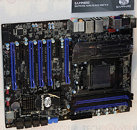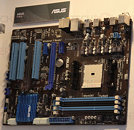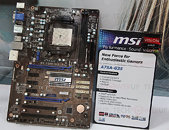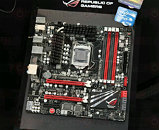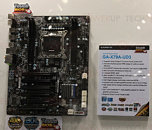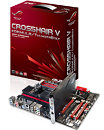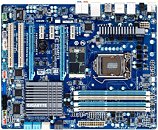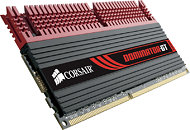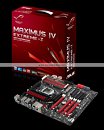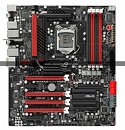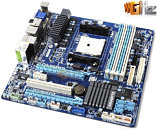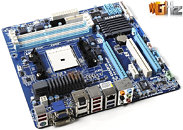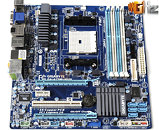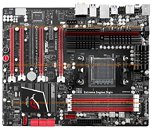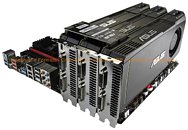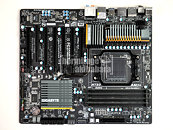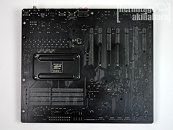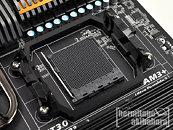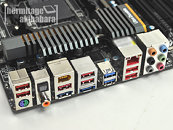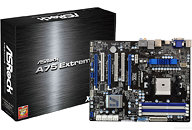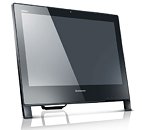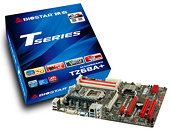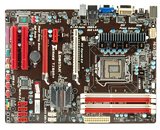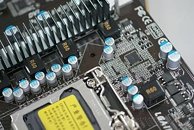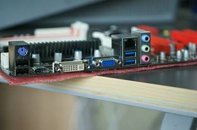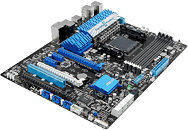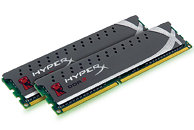
Sapphire Pure Black 990FX-N is Purely for CrossFire
Backed by one of the biggest OEMs in the industry, PC Partner, Sapphire does have some engineering potential to speak of. The AMD Radeon graphics card manufacturer has, on and off, tried to make inroads into the the motherboard market. With the 990FX-N, Sapphire is continuing its high-end Pure Black series. While NVIDIA SLI support isn't denied anymore for the AMD chipset platform, for political reasons (such as NVIDIA restricting AMD platform SLI licences to only those motherboard vendors who already had them for the Intel platform, cutting out Sapphire), this board doesn't support SLI. It shouldn't bother you if you own AMD Radeon, this board has sufficient PCI-Express connectivity to even allow 4-way CrossFireX.
The Sapphire Pure Black 990FX-N starts with a 10-phase VRM to power the AM3+ socket supporting AMD's new FX series processors, it is wired to four DDR3 DIMM slot supporting dual-channel DDR3 memory with speeds of over 1866 MHz. Expansion is an all PCI-Express affair, with five PCI-Express 2.0 x16 (of which one is x4), and two open-ended PCI-E x4. Storage connectivity includes eight SATA 6 Gb/s internal ports, and eSATA. Apart from that, the board features 8-channel HD audio with optical and coaxial SPDIF output, dual gigabit Ethernet, two USB 3.0 ports, and Bluetooth.
The Sapphire Pure Black 990FX-N starts with a 10-phase VRM to power the AM3+ socket supporting AMD's new FX series processors, it is wired to four DDR3 DIMM slot supporting dual-channel DDR3 memory with speeds of over 1866 MHz. Expansion is an all PCI-Express affair, with five PCI-Express 2.0 x16 (of which one is x4), and two open-ended PCI-E x4. Storage connectivity includes eight SATA 6 Gb/s internal ports, and eSATA. Apart from that, the board features 8-channel HD audio with optical and coaxial SPDIF output, dual gigabit Ethernet, two USB 3.0 ports, and Bluetooth.
